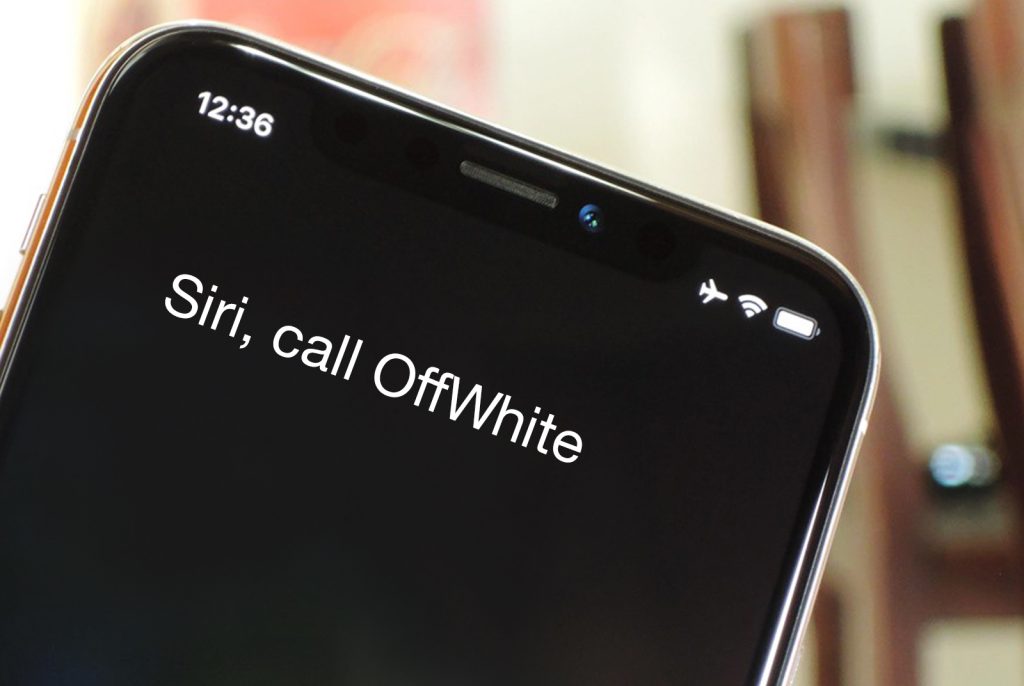Many clients have the desire to be at the top of page one in search engine results for specific keywords. While we strive to make this happen for our clients, there is no magic wand or any secret line with Google we can call to make this request. The fact is this strategy can take some time to accomplish and this old approach to SEO might be missing a major opportunity to reach the target audience who is searching in a whole new way.
“Long-tail keywords” is not a new phrase to marketers and is a better approach to SEO, but in 2019 we are expanding that idea to become the answer to the user’s questions. With the rise of devices such as Alexa, Google Home, and Siri, users are utilizing voice search to seek the answers to their questions. By 2020, it is predicted that 50% of all search will be voice search. If users are asking more and more questions, than we need our clients to be the answers.
So, what is a marketer to do?
#1 Comprehensive Keyword Research
If the queries are changing, so does our research. Google not only tries to match the user’s search with the best information on the web, they also try to decipher the user’s intent. As marketers, our keyword research must get to the heart of what our user’s are seeking. What questions are they asking? What specific words are they using to describe the item or service they are seeking? Below is a keyword ‘SEO’ with a ton of questions being asked about SEO. If we were creating a website or blog about SEO, this would be a good place to start with content creation.

#2 Create and Optimize Content
Your content needs to be the answer to their question or problem. Specifically, copy should answer those questions from your keyword research as best as possible. Adding relevant images and videos to pages increases your chances. It shouldn’t be a surprise that Wikipedia is often part of Google Answer Box Results. Their content answers questions. FAQ pages often can rank well in search because they help to answer specific questions.
#3 Improve User Experience
Now that we have the correct users to our site and we are providing them the best information possible, let’s gain that user as a customer, a sale, a lead, or a repeat visitor that we can later remarket to. Your website should be easy to navigate and visually pleasing. Content should be organized in a simple manner. Calls-to-action should be clearly found and identified on each page, making the next step an easy one for the user to take.
#4 Schema Markup
Schema markup is microdata that can be added to your html to clearly define content to search engines. Marked up content helps Google and other search engines find products, articles, reviews, etc. on your website based on markup to the code.
#5 Optimize for Mobile
Optimizing for mobile is so 2010, but with 50% of all searches being mobile and the rise of voice search on mobile devices, there is no better time to make sure your site is mobile friendly. Some tasks to keep in mind are:
- Make sure your site has a responsive mobile design.
- Improve page speed
- Compress images
- Bigger buttons for mobile devices
Bonus #6 Local SEO
If your business is relevant to local searches, then it is important to show up on sites like Yelp, Apple Maps, Google Business Listing, and Bing.
If you need help getting your site SEO-ready, give OffWhite a call and talk to Stacey Pottmeyer. Or just ask Siri to call us for you.


